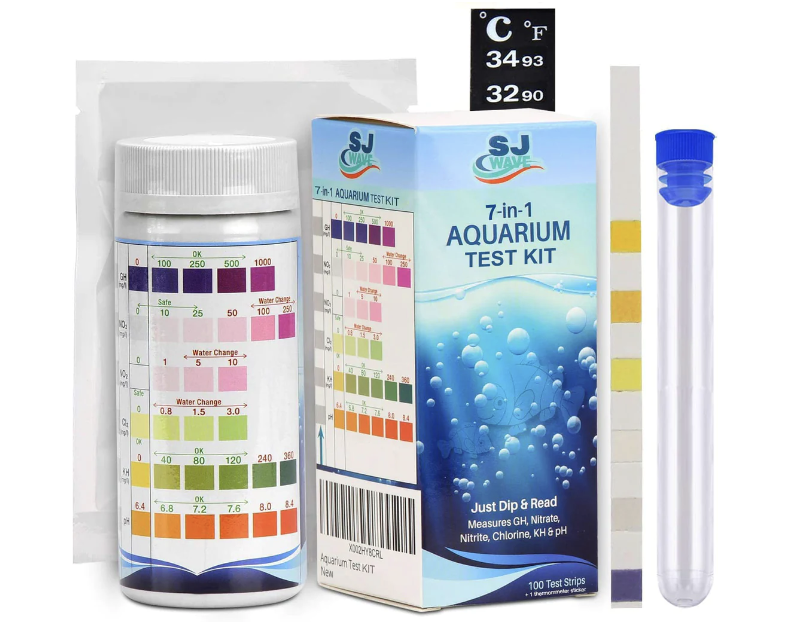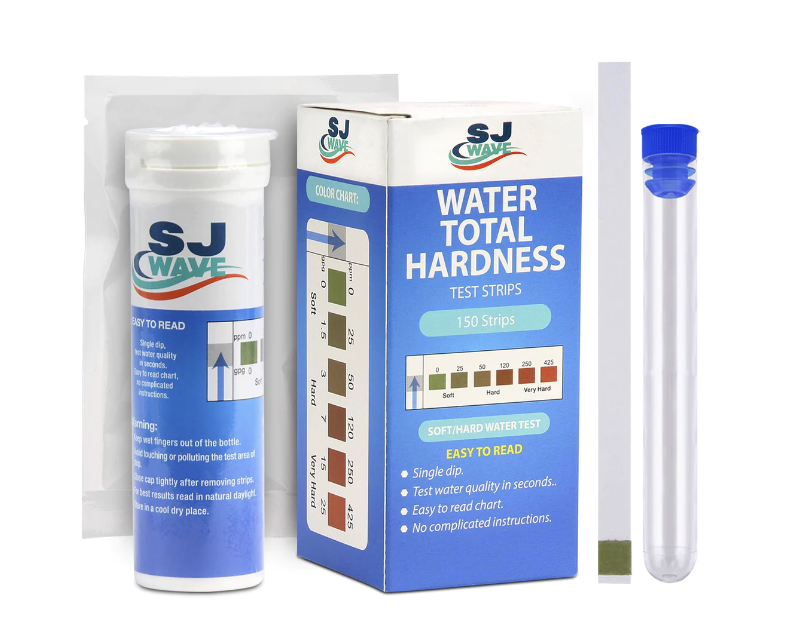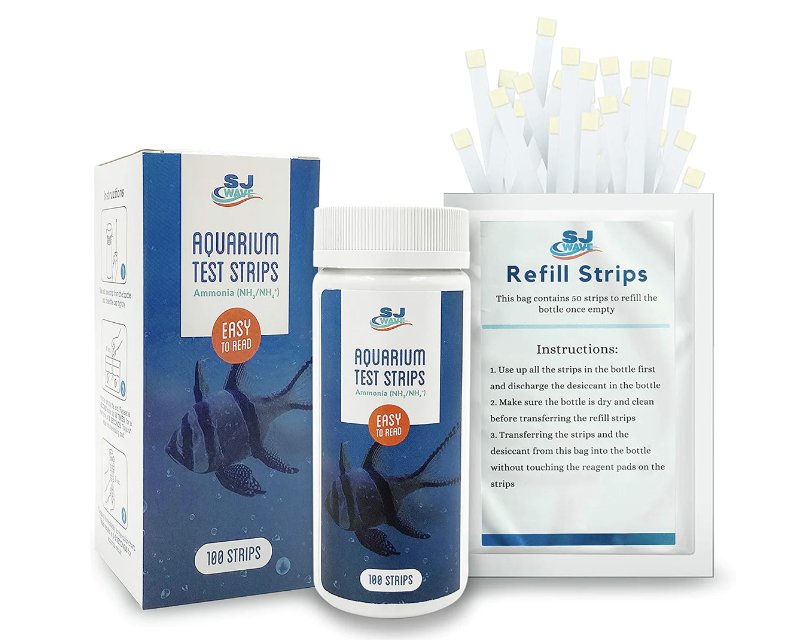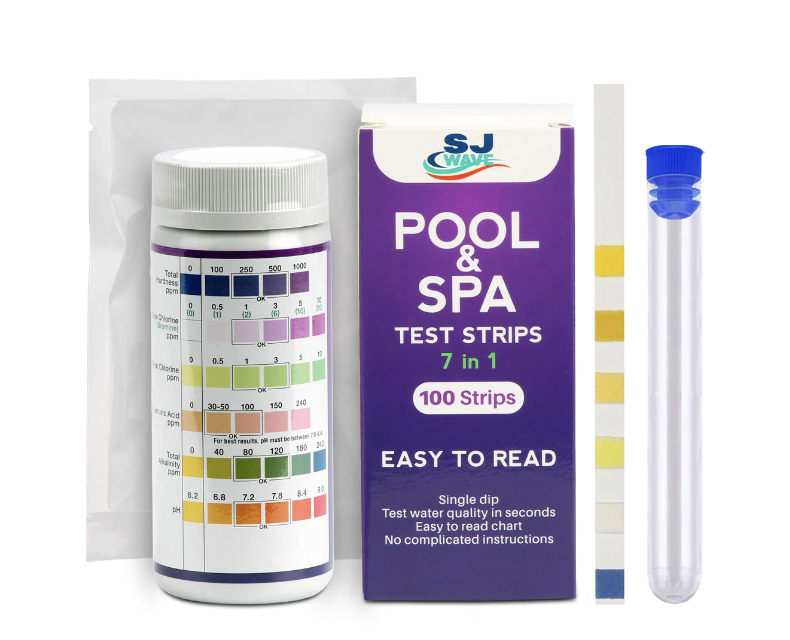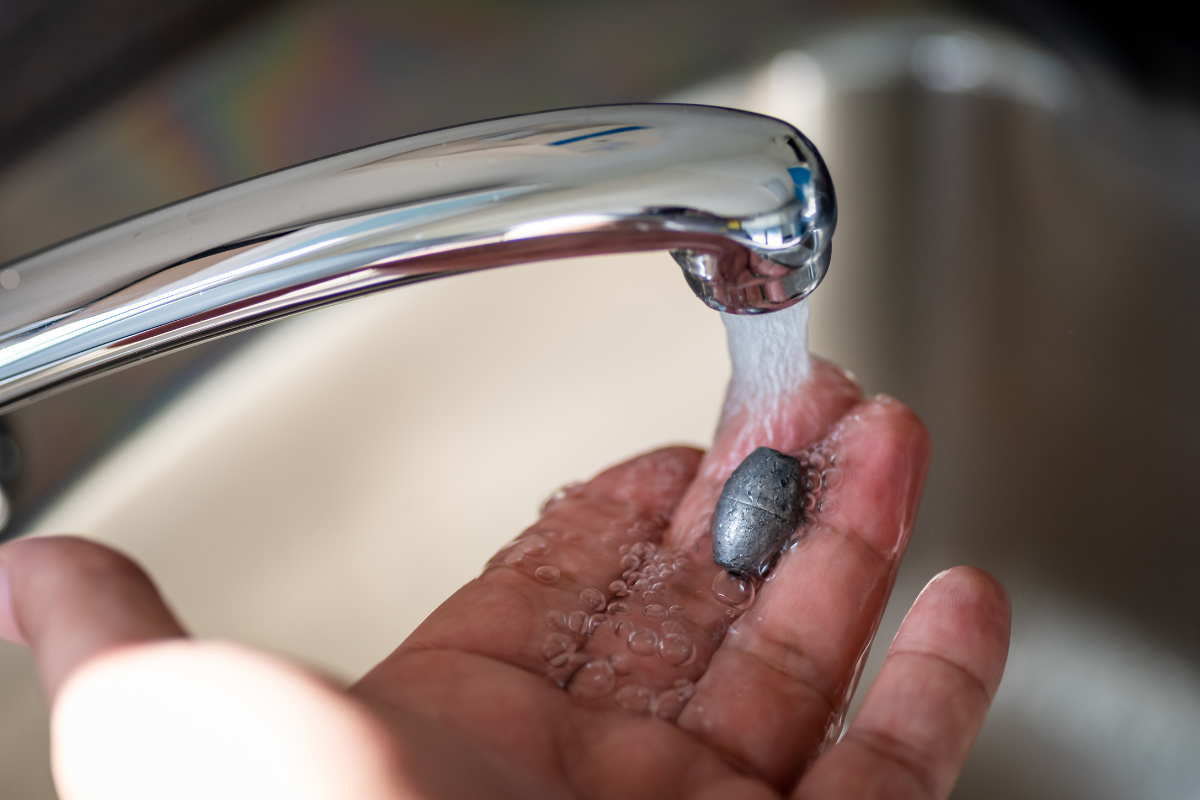
The Importance of Testing Lead in Water: Lessons from the Flint Water Crisis
Clean and safe drinking water is a fundamental human right, yet lead contamination in water systems continues to threaten public health worldwide. The Flint Water Crisis stands as a powerful reminder of the devastating consequences when lead contamination goes unchecked. This crisis highlights the critical need for regular and accurate lead testing in water systems to protect communities and prevent similar tragedies.
Understanding Lead in Water
Sources of Lead in Water Systems
Lead contamination in water often originates from the corrosion of lead pipes and fixtures, particularly in aging infrastructure. Improper water treatment can exacerbate this issue by failing to prevent lead from leaching into the water supply. These risks are especially high in older communities with outdated plumbing systems.
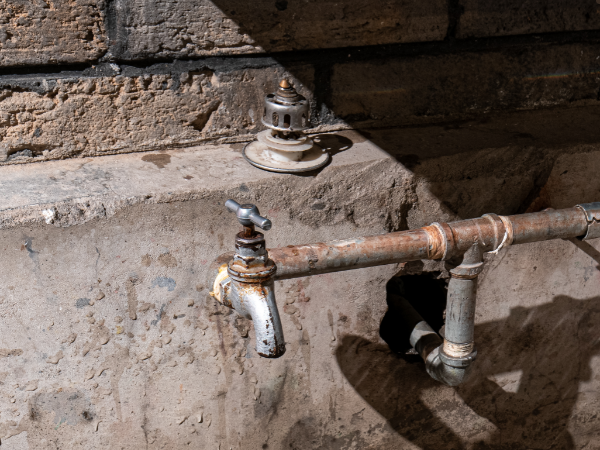
Health Risks of Lead Exposure
Lead exposure poses significant health risks. For children, even low levels of lead can cause developmental delays, behavioral problems, and learning difficulties. Adults exposed to lead may experience kidney damage, high blood pressure, and neurological issues. These severe health impacts underscore the importance of proactive lead testing and mitigation.
Lessons from the Flint Water Crisis
Initial Oversight and Consequences
In 2014, the city of Flint, Michigan, switched its water source to the Flint River without implementing proper corrosion control measures. This decision led to lead leaching from aging pipes into the water supply, exposing tens of thousands of residents to dangerous levels of lead. The crisis highlighted systemic failures in water management and regulatory oversight.
Role of Testing in Exposing the Crisis
Household-level water testing played a pivotal role in uncovering the crisis. Independent researchers, along with residents, tested water samples and found lead levels far exceeding the Environmental Protection Agency’s (EPA) action limit of 15 parts per billion. These results validated residents' concerns, countered official claims of safety, and drew national attention to the unfolding public health disaster.
Why Testing Lead in Water is Essential
Testing water for lead is critical to protecting public health, as lead exposure can cause severe health problems, particularly in children, such as developmental delays, learning difficulties, and neurological damage. Regular testing helps identify contamination early, preventing prolonged exposure and allowing for swift corrective actions. It also provides the data necessary to guide infrastructure improvements, such as replacing lead pipes, and ensures compliance with safety standards like the EPA's Lead and Copper Rule. Moreover, transparent testing builds trust between communities and authorities, empowering residents to advocate for safe water and holding decision-makers accountable. Without consistent testing, lead contamination can go undetected, leading to crises like Flint, Michigan, which highlighted the devastating consequences of inaction.
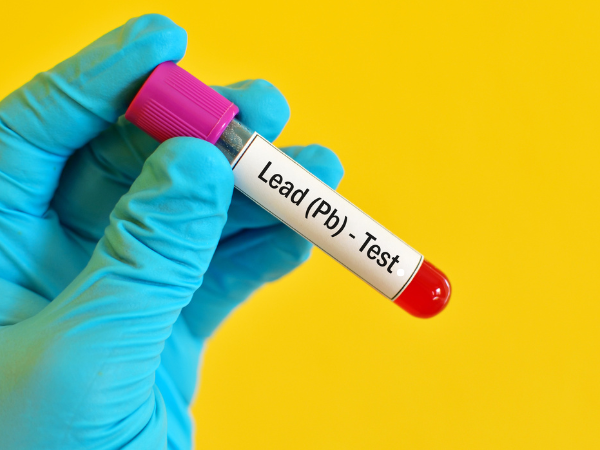
Methods for Testing Lead in Water
Testing for lead at the household level is a vital step in ensuring water safety, as it allows individuals to identify contamination directly at their taps, where exposure occurs. Many older homes and buildings with aging plumbing systems are at higher risk of lead leaching into their water supply, making localized testing crucial.
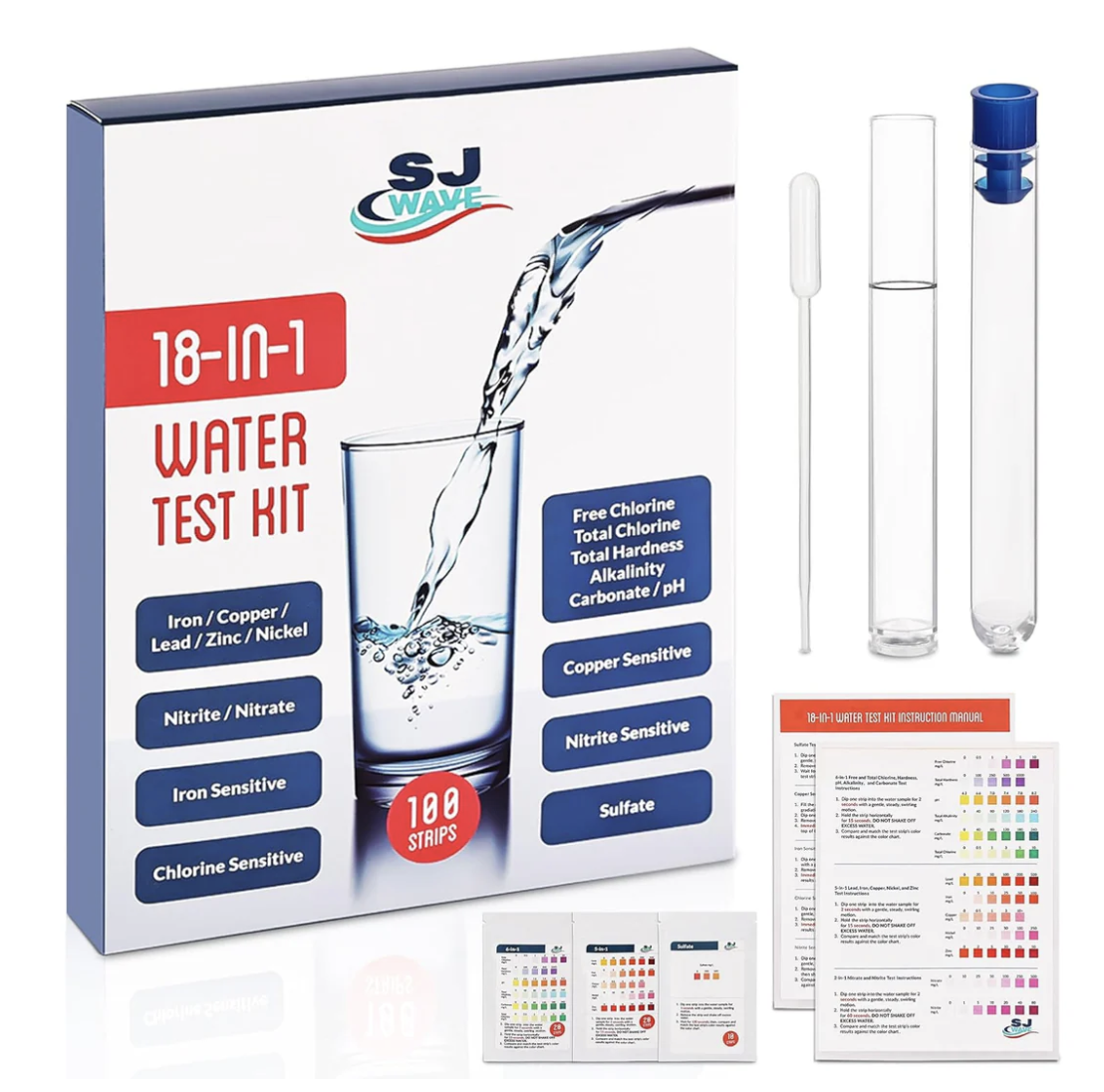

Using DIY water test kits like SJ Wave 18-in-1 Drinking Water Test Kit empowers homeowners to monitor their water quality regularly, providing immediate insights without relying solely on government or utility testing. These kits are affordable, easy to use, and offer a practical way to detect potential lead contamination early. By taking proactive steps to test their water, homeowners can safeguard their families' health, address issues quickly, and contribute to community-wide awareness of water safety. Make testing a routine practice. Remember, a simple water test kit like can be a powerful tool in preventing serious health risks. Learn more about different water testing tools for different water sources and use by visiting the SJ Wave website. They also offer SJ Wave Lead Test Swabs for testing surfaces.
The Flint Water Crisis serves as a sobering reminder of the catastrophic consequences of ignoring lead contamination. Regular and accurate lead testing is an essential tool for protecting public health, informing policy decisions, and building trust between communities and their leaders. By prioritizing testing, infrastructure improvements, and community involvement, we can ensure clean and safe drinking water for all, preventing future crises and upholding a basic human right.


